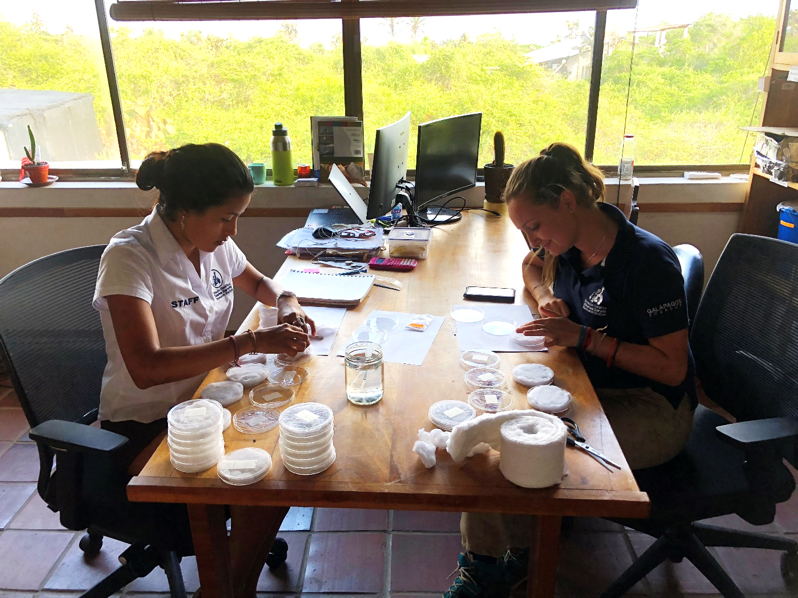When people ask me, why do you love plants? The answer is easy: “plants are at the base of the trophic chain, meaning they are crucial for the ecosystems”, and having so many endangered species around the world for different causes is highly concerning. Therefore, I am trying to contribute to their conservation and to the Earth´s well-being in every way I can.
I was born and raised in the Galapagos Islands, surrounded by its unique biodiversity. Thus, I´m aware of the fragility of our ecosystems and I believe that we are all responsible for their conservation. We have many threatened species that need protection and management efforts. A remarkable example is Galvezia leucantha var. leucantha. For me, it was just another plant species name when I started to work at the Charles Darwin Foundation as part of the Galapagos Verde 2050 project. However, this plant is actually an endemic species that plays an important ecological role, exhibiting adaptive changes in order to be pollinated by endemic insects in Galapagos. Moreover, something else that caught my attention about this species was the critical status of its population, represented by only 4 individuals located on Northern Isabela.
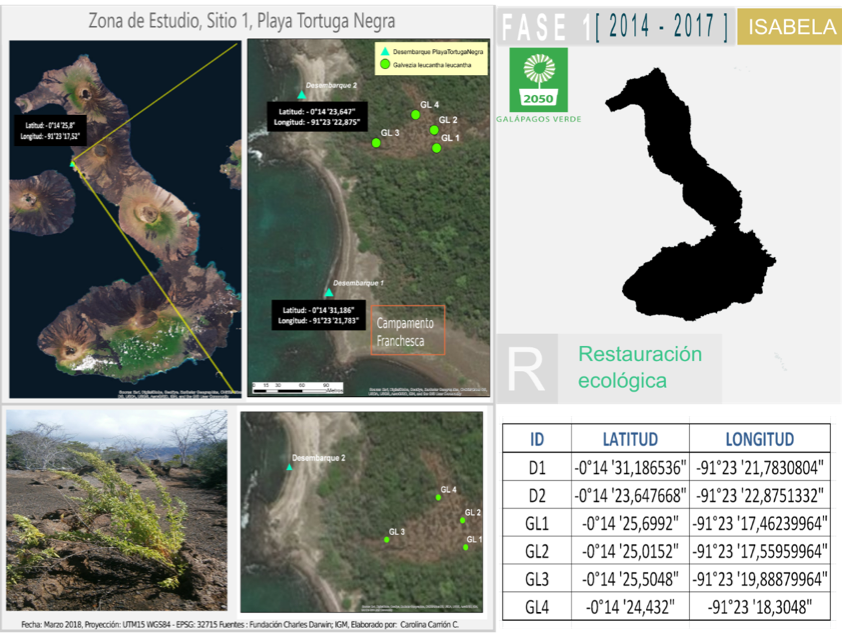
After experiencing several unsuccessful attempts of germination, I realized that because the seeds were so small, they needed more supervision and a very specific treatment.
I think that everybody at school in biology class germinated beans or any other seed with paper or cotton as substrate, so I had a flashback and remembered how I took care of my firsts baby plants, when I was just a kid. That’s why I started a pilot germination process with 30 G. leucantha var. leucantha seeds that were collected by the GV 2050 research team in August 2017. I used a petri dish and humid cotton layers as the substrate, the process was complemented with constant supervision and patience.
Out of the 30 seeds, only 9 germinated. When I saw the first embryo coming out of the seed, it was very exciting! It meant a great start for the conservation efforts of a critically endangered endemic plant population. I called all the members of the GV 2050 project to observe it and with the help of a magnifying glass it stole our attention.
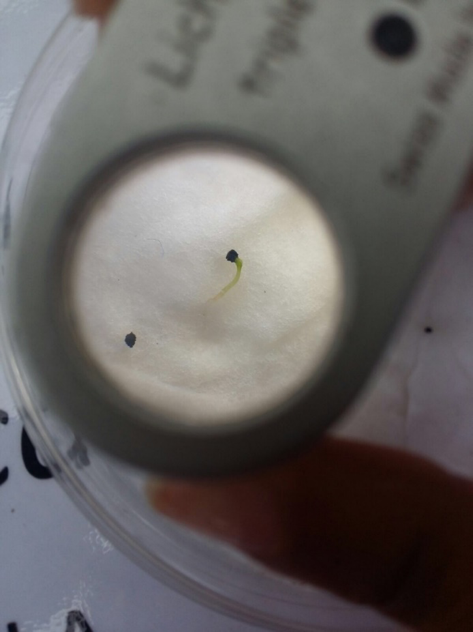

The development of our 5 surviving plants was very successful, and after 4 months of being in substrate, we carried out a second transplanting process to bigger pots with more substrate in order to fulfill all their biological requirements. Because their radicular system was growing very fast, when they were seven months old, they already had their first flowers. Therefore, it was the right moment for them to go back home. Then, we repatriated the 5 individuals to their natural habitat, close to their mother plants.
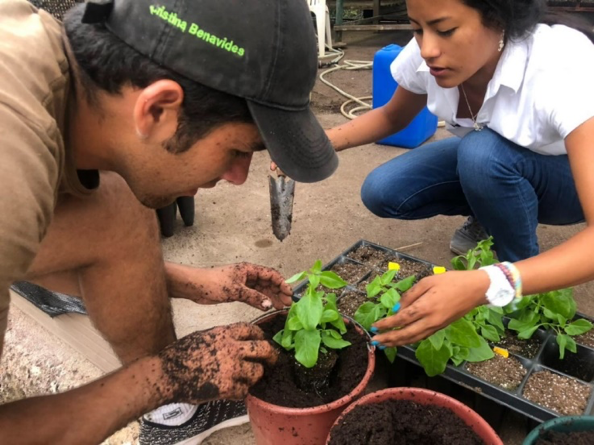
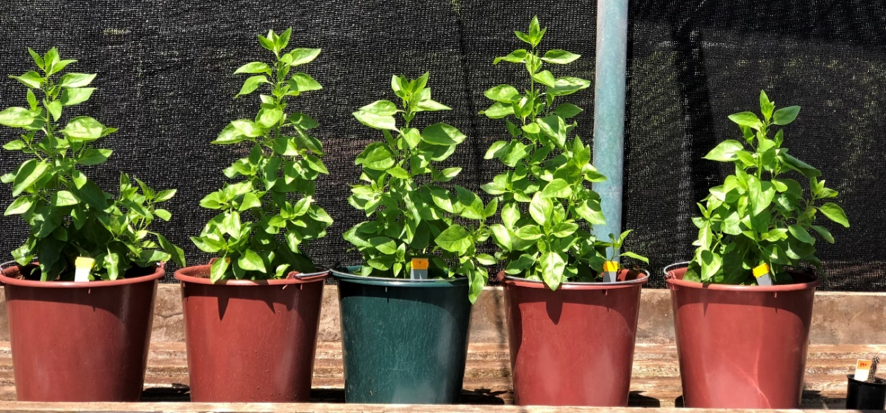
Finally, thanks to the fundamental support of Lindblad Expeditions and the Galapagos National Park Directorate (DPNG), the research team transported the new babies to Isabela Island and planted them with water-saving technologies, used to enhance the capacity of water usage by the plants. These technologies are used by the GV 2050 project.
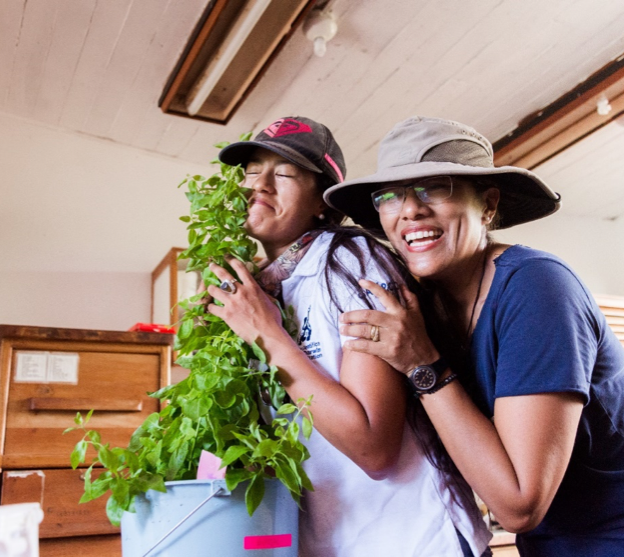
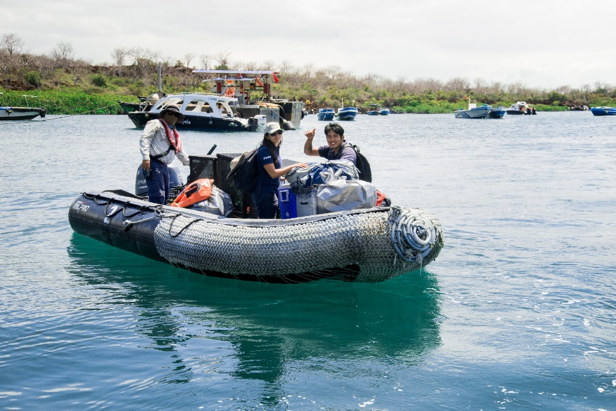
After this very successful experience, we are currently replicating the methodology applied during the pilot germination test in order to increase the number of individuals of the G. leucantha population on Northern Isabela and save a remarkable endemic species in danger of extinction.
It is therefore very important to understand that sometimes things that are simple to our eye can make big changes in the world.
